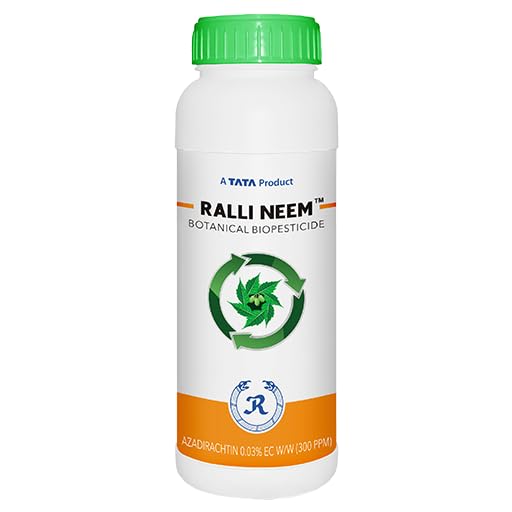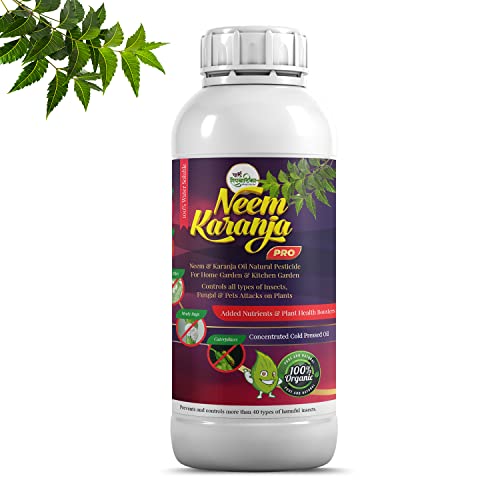
Silk footprint of indian Farmers!
Share
Sericulture is the process of raising silkworms for the production of silk. Silk is a natural fiber that is produced by the larvae of the mulberry silkworm, Bombyx mori. Silk is known for its luxurious feel, lustrous shine, and durability. It has been used for centuries to make clothing, bedding, and other textiles.
The origins of sericulture can be traced back to China, where it is believed to have begun around 5000 BC. China was the world's sole producer of silk for centuries, but the secret of silk production eventually spread to other parts of Asia, including India, Japan, and Korea.
Sericulture was introduced to Europe in the 6th century AD, and it quickly became an important industry in Italy, France, and Spain. Silk production in Europe declined in the 19th century, as competition from Asia increased.
Today, China is still the world's leading producer of silk, followed by India and Vietnam. Sericulture is also practiced in other countries, including Thailand, Brazil, and Turkey.
Importance of Indian Farmers in Sericulture
Indian farmers play a vital role in the global sericulture industry. India is the second-largest producer of silk in the world, and it accounts for about 30% of global silk production. Sericulture is an important source of income for millions of Indian farmers, and it plays a vital role in the rural economy.
Indian farmers have a long history of sericulture. Sericulture was introduced to India in the 15th century, and it quickly became an important industry in the country. India is now a leading producer of mulberry silk, tasar silk, and muga silk.
Indian farmers are known for their expertise in sericulture. They have developed a number of innovative techniques for silkworm rearing and silk production. Indian silk is also known for its high quality and fine craftsmanship.
The Indian government has played a significant role in promoting sericulture in the country. The government has provided a number of incentives to sericulture farmers, including subsidies, loans, and technical training. The government has also established a number of research institutes to develop new sericulture technologies.
As a result of these efforts, sericulture is a thriving industry in India. It is providing livelihoods for millions of people and contributing to the country's economic development.
The Future of Sericulture
Sericulture is a sustainable and environmentally friendly industry. It has a low carbon footprint and it does not require large amounts of land or water. Silk is also a renewable resource, as it can be produced from silkworms that are raised on mulberry leaves.
The future of sericulture is bright. The demand for silk is increasing, and there is a growing interest in sustainable and environmentally friendly products. Indian farmers are well-positioned to meet this demand. They have the expertise, the resources, and the government support to continue to produce high-quality silk for the global market.
In conclusion, sericulture is a global industry with a long and rich history. Indian farmers play a vital role in the industry, and they are well-positioned to help sericulture thrive in the future.















